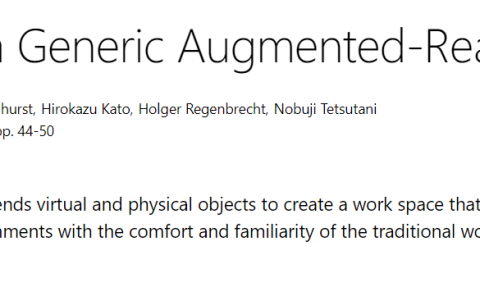Feeling of Presence Maximization: mmWave-Enabled Virtual Reality Meets Deep Reinforcement Learning
PubDate: Jul 2021
Teams: Singapore University of Technology and Design;Beihang University
Writers: Peng Yang, Tony Q. S. Quek, Jingxuan Chen, Chaoqun You, Xianbin Cao
PDF: Feeling of Presence Maximization: mmWave-Enabled Virtual Reality Meets Deep Reinforcement Learning

Abstract
This paper investigates the problem of providing ultra-reliable and energy-efficient virtual reality (VR) experiences for wireless mobile users. To ensure reliable ultra-high-definition (UHD) video frame delivery to mobile users and enhance their immersive visual experiences, a coordinated multipoint (CoMP) transmission technique and millimeter wave (mmWave) communications are exploited. Owing to user movement and time-varying wireless channels, the wireless VR experience enhancement problem is formulated as a sequence-dependent and mixed-integer problem with a goal of maximizing users’ feeling of presence (FoP) in the virtual world, subject to power consumption constraints on access points (APs) and users’ head-mounted displays (HMDs). The problem, however, is hard to be directly solved due to the lack of users’ accurate tracking information and the sequence-dependent and mixed-integer characteristics. To overcome this challenge, we develop a parallel echo state network (ESN) learning method to predict users’ tracking information by training fresh and historical tracking samples separately collected by APs. With the learnt results, we propose a deep reinforcement learning (DRL) based optimization algorithm to solve the formulated problem. In this algorithm, we implement deep neural networks (DNNs) as a scalable solution to produce integer decision variables and solving a continuous power control problem to criticize the integer decision variables. Finally, the performance of the proposed algorithm is compared with various benchmark algorithms, and the impact of different design parameters is also discussed. Simulation results demonstrate that the proposed algorithm is more 4.14% energy-efficient than the benchmark algorithms.

